Villa Borghese Gardens
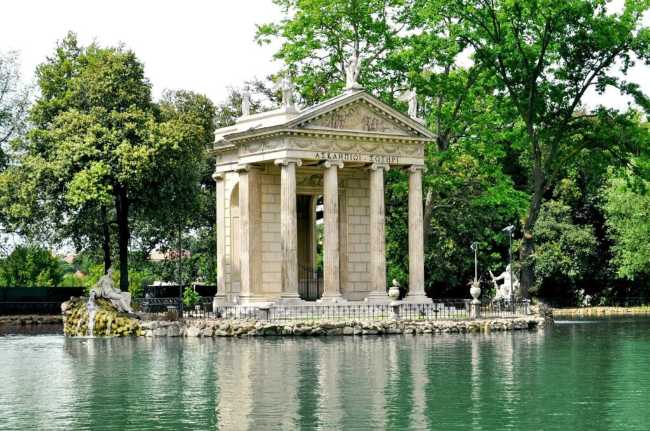
Villa Borghese Gardens, Rome's third-largest public park, spans 80 hectares in the heart of the city. Originally a vineyard, it was transformed into a grand estate by Cardinal Scipione Borghese in the early 17th century. Today, it offers a harmonious blend of nature, art, and history, making it a must-visit destination for both locals and tourists. The park is home to several notable attractions. The Galleria Borghese houses an impressive collection of sculptures and paintings, including works by Bernini and Caravaggio. Nearby, the Bioparco di Roma, one of Italy's oldest zoos, provides a family-friendly experience with a variety of animal exhibits. For art enthusiasts, the Museo Canonica and the Museo Carlo Bilotti showcase diverse art collections. The Galleria Nazionale d'Arte Moderna offers a comprehensive display of 19th- and 20th-century Italian art. Additionally, the park features the Casa del Cinema, a venue dedicated to film screenings and events. Visitors can enjoy leisurely walks along tree-lined avenues, rent bicycles or boats, and explore the park's many fountains, statues, and temples. The Temple of Aesculapius, set on a small lake, is a picturesque spot for relaxation. The park also hosts the Casina di Raffaello, a playroom for children, and the Silvano Toti Globe Theatre, a replica of Shakespeare's Globe Theatre. Villa Borghese Gardens is open daily from dawn to dusk, offering free entry.
Rome ItalyVilla Borghese Gardens are located on the Pincian Hill in the heart of Rome, bordered by the Spanish Steps and Piazza del Popolo. Covering 80 hectares, this vast green oasis is Rome’s third-largest public park and provides a peaceful retreat from the city’s bustle. The gardens are home to the renowned Borghese Gallery, which houses masterpieces by Caravaggio, Bernini, and Canova. Other attractions within the park include a picturesque lake with rowboats, the open-air Globe Theatre, and the Casa del Cinema. Villa Borghese is within walking distance of major landmarks such as the Spanish Steps, Piazza del Popolo, and Via Veneto. The park is easily accessible via Spagna or Flaminio metro stations, making it a convenient starting point for exploring Rome’s historic center.
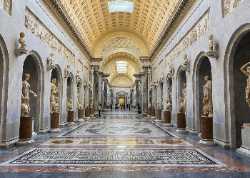 Vatican Museums
Rome
Vatican Museums
Rome
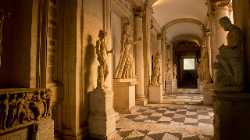 Capitoline Museums
Rome
Capitoline Museums
Rome
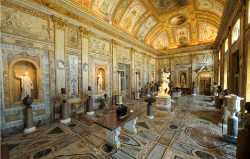 Galleria Borghese
Rome
Galleria Borghese
Rome
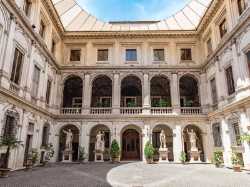 Palazzo Massimo alle Terme
Rome
Palazzo Massimo alle Terme
Rome
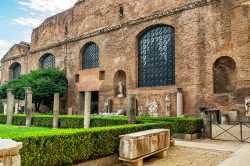 Baths of Diocletian
Rome
Baths of Diocletian
Rome
 Palazzo Altemps
Rome
Palazzo Altemps
Rome
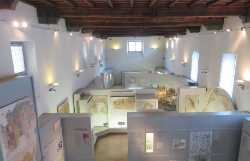 Crypta Balbi
Rome
Crypta Balbi
Rome
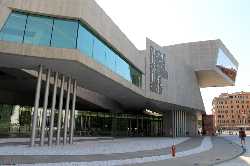 MAXXI
Rome
MAXXI
Rome
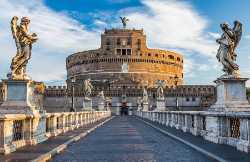 Museo Nazionale di Castel Sant’Angelo
Rome
Museo Nazionale di Castel Sant’Angelo
Rome
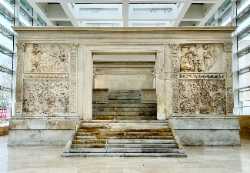 Museum of the Ara Pacis
Rome
Museum of the Ara Pacis
Rome
 Centrale Montemartini
Rome
Centrale Montemartini
Rome
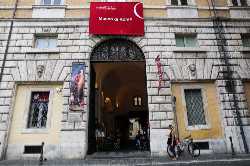 Museo di Roma
Rome
Museo di Roma
Rome
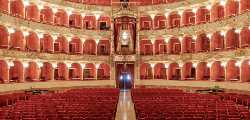 Teatro dell’Opera di Roma
Rome
Teatro dell’Opera di Roma
Rome
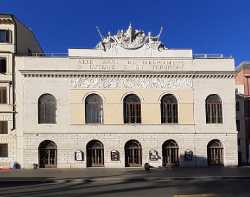 Teatro Argentina
Rome
Teatro Argentina
Rome
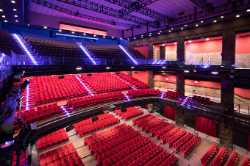 Teatro Brancaccio
Rome
Teatro Brancaccio
Rome
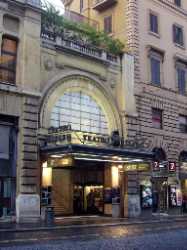 Teatro Eliseo
Rome
Teatro Eliseo
Rome
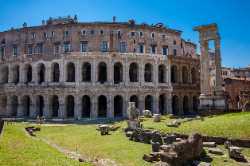 Teatro di Marcello
Rome
Teatro di Marcello
Rome
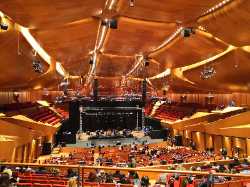 Auditorium Parco della Musica
Rome
Auditorium Parco della Musica
Rome
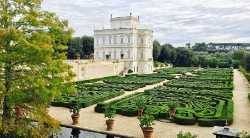 Villa Doria Pamphilj
Rome
Villa Doria Pamphilj
Rome
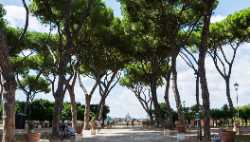 Giardino degli Aranci
Rome
Giardino degli Aranci
Rome
 Villa Ada Savoia
Rome
Villa Ada Savoia
Rome
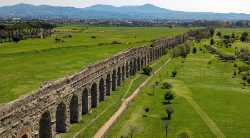 Parco degli Acquedotti
Rome
Parco degli Acquedotti
Rome
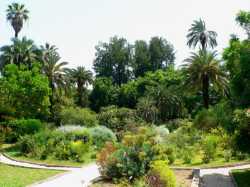 Botanical Garden of Rome
Rome
Botanical Garden of Rome
Rome
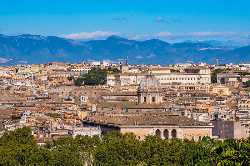 Janiculum Hill
Rome
Janiculum Hill
Rome
 Campo de' Fiori
Rome
Campo de' Fiori
Rome
 Porta Portese Market
Rome
Porta Portese Market
Rome
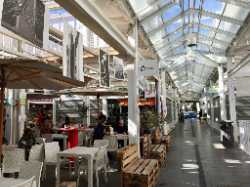 Mercato di Testaccio
Rome
Mercato di Testaccio
Rome
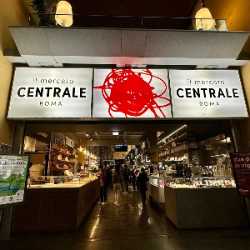 Mercato Centrale Roma
Rome
Mercato Centrale Roma
Rome
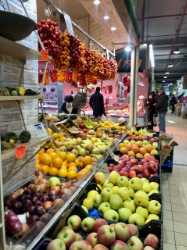 Trionfale Market
Rome
Trionfale Market
Rome
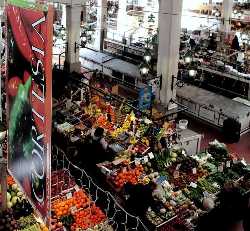 Mercato dell’Unità
Rome
Mercato dell’Unità
Rome
 Galleria Borghese
Rome
Galleria Borghese
Rome
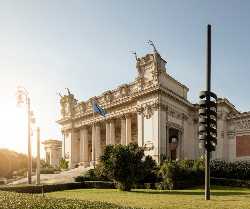 Galleria Nazionale d'Arte Moderna
Rome
Galleria Nazionale d'Arte Moderna
Rome
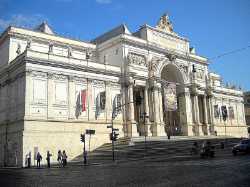 Palazzo delle Esposizioni
Rome
Palazzo delle Esposizioni
Rome
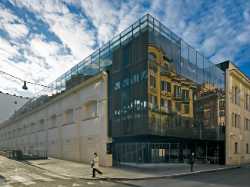 Museum of Contemporary Art of Rome
Rome
Museum of Contemporary Art of Rome
Rome
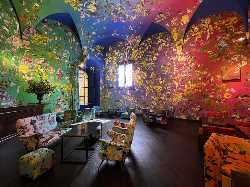 Chiostro del Bramante
Rome
Chiostro del Bramante
Rome
 Roseto Comunale
Rome
Roseto Comunale
Rome
 Pincian Hill Gardens
Rome
Pincian Hill Gardens
Rome
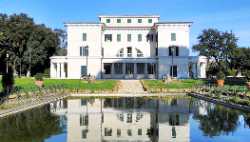 Villa Torlonia Gardens
Rome
Villa Torlonia Gardens
Rome
 Castel Sant’Angelo
Rome
Castel Sant’Angelo
Rome
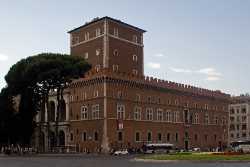 Palazzo Venezia
Rome
Palazzo Venezia
Rome
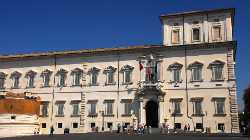 Palazzo Quirinale
Rome
Palazzo Quirinale
Rome
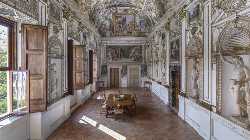 Palazzo Farnese
Rome
Palazzo Farnese
Rome
 Palazzo Barberini
Rome
Palazzo Barberini
Rome
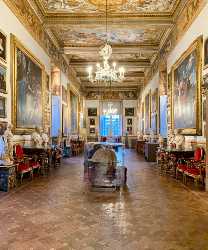 Palazzo Spada
Rome
Palazzo Spada
Rome
 Palazzo Doria Pamphilj
Rome
Palazzo Doria Pamphilj
Rome
 St. Peter’s Basilica
Rome
St. Peter’s Basilica
Rome
 Basilica di San Giovanni in Laterano
Rome
Basilica di San Giovanni in Laterano
Rome
 Santa Maria Maggiore
Rome
Santa Maria Maggiore
Rome
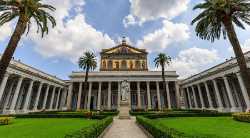 San Paolo Fuori le Mura
Rome
San Paolo Fuori le Mura
Rome
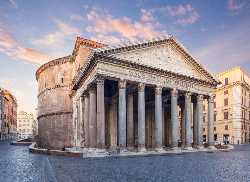 Pantheon Rome
Rome
Pantheon Rome
Rome
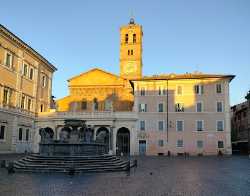 Santa Maria in Trastevere
Rome
Santa Maria in Trastevere
Rome
 San Clemente
Rome
San Clemente
Rome
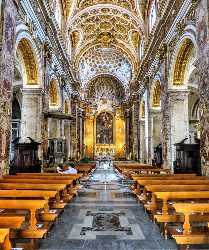 San Luigi dei Francesi
Rome
San Luigi dei Francesi
Rome
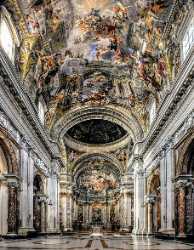 Sant’Ignazio di Loyola
Rome
Sant’Ignazio di Loyola
Rome
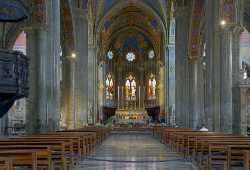 Santa Maria sopra Minerva
Rome
Santa Maria sopra Minerva
Rome
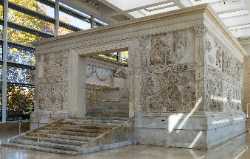 Museo dell'Ara Pacis
Rome
Museo dell'Ara Pacis
Rome
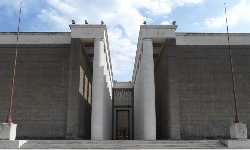 Museo della Civiltà Romana
Rome
Museo della Civiltà Romana
Rome
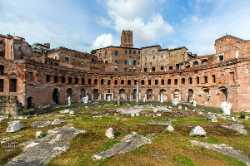 Mercati di Traiano
Rome
Mercati di Traiano
Rome
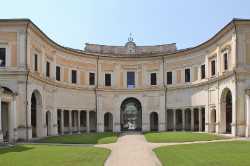 Museo Nazionale Etrusco di Villa Giulia
Rome
Museo Nazionale Etrusco di Villa Giulia
Rome
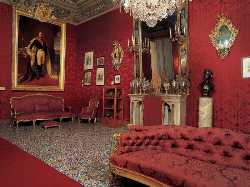 Museo Napoleonico
Rome
Museo Napoleonico
Rome
 Keats-Shelley House
Rome
Keats-Shelley House
Rome
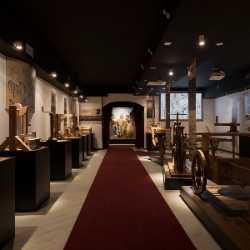 Museo Leonardo da Vinci Experience
Rome
Museo Leonardo da Vinci Experience
Rome
 Museo delle Anime del Purgatorio
Rome
Museo delle Anime del Purgatorio
Rome
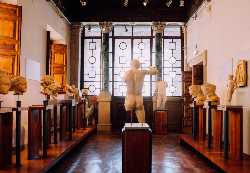 Museo Barracco
Rome
Museo Barracco
Rome
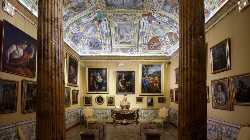 Galleria Corsini
Rome
Galleria Corsini
Rome
 Galleria Doria Pamphilj
Rome
Galleria Doria Pamphilj
Rome
 Fondazione Memmo
Rome
Fondazione Memmo
Rome
 Galleria Lorcan O’Neill
Rome
Galleria Lorcan O’Neill
Rome
 Gagosian Gallery Rome
Rome
Gagosian Gallery Rome
Rome
 Z20 Gallery
Rome
Z20 Gallery
Rome
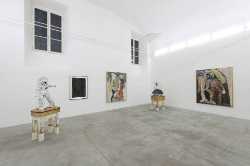 Monitor
Rome
Monitor
Rome
 Pastificio Cerere
Rome
Pastificio Cerere
Rome
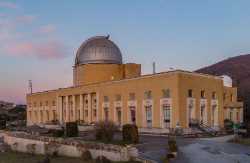 Monte Mario Observatory
Rome
Monte Mario Observatory
Rome